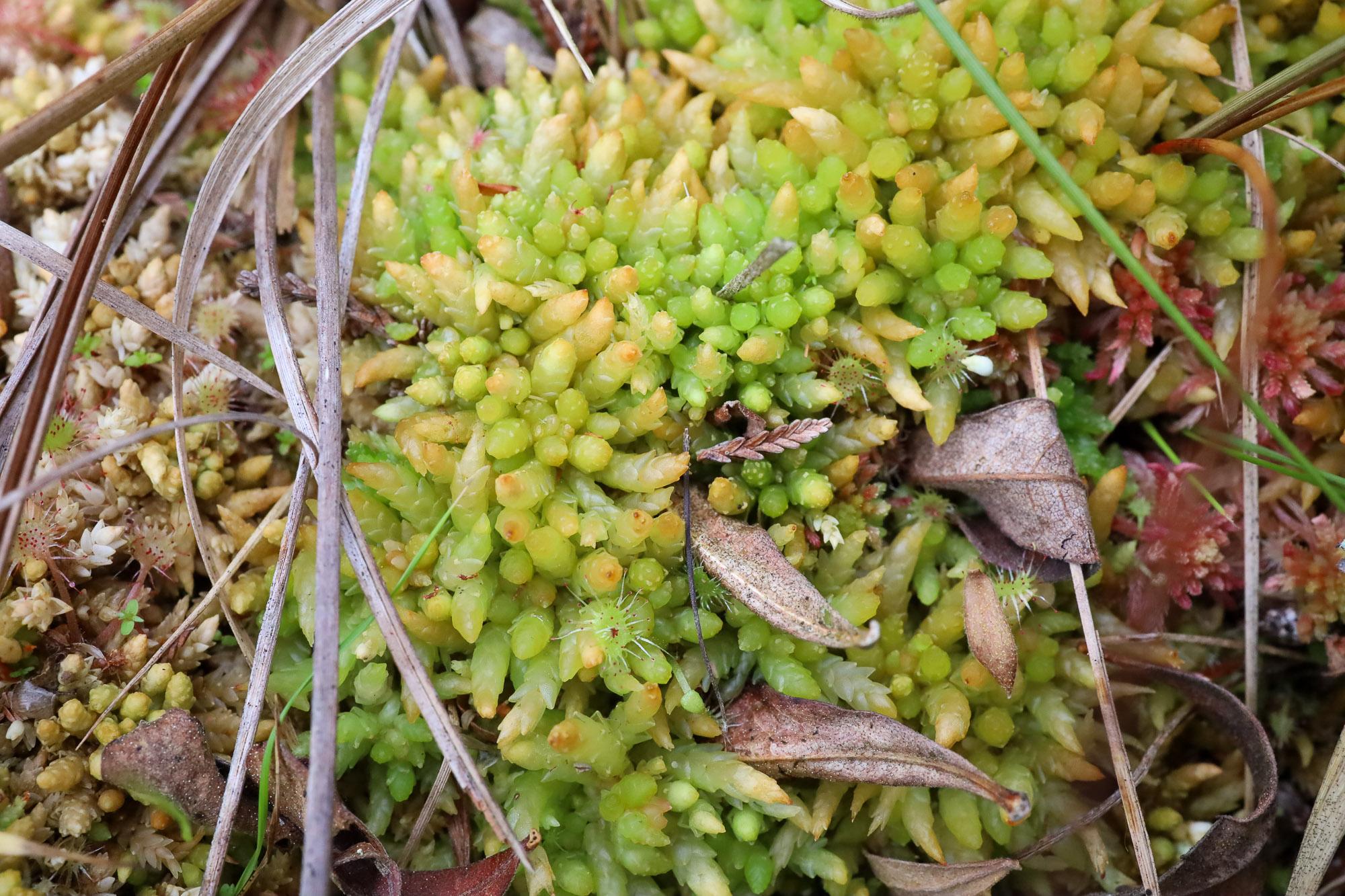
2021-07-28-14-22-11.jpg from: https://www.britishbryologicalsociety.org.uk/learning/species-finder/sphagnum-papillosum/
Introduction
Welcome, fellow moss enthusiasts! Today, we’re going to delve into the fascinating world of Sphagnum papillosum Lindb., a remarkable moss species belonging to the Sphagnaceae family, also commonly known as Sphagnum. Prepare to be captivated by the intricate details and unique characteristics of this unassuming yet extraordinary plant.
Background
Before we dive into the specifics of Sphagnum papillosum Lindb.
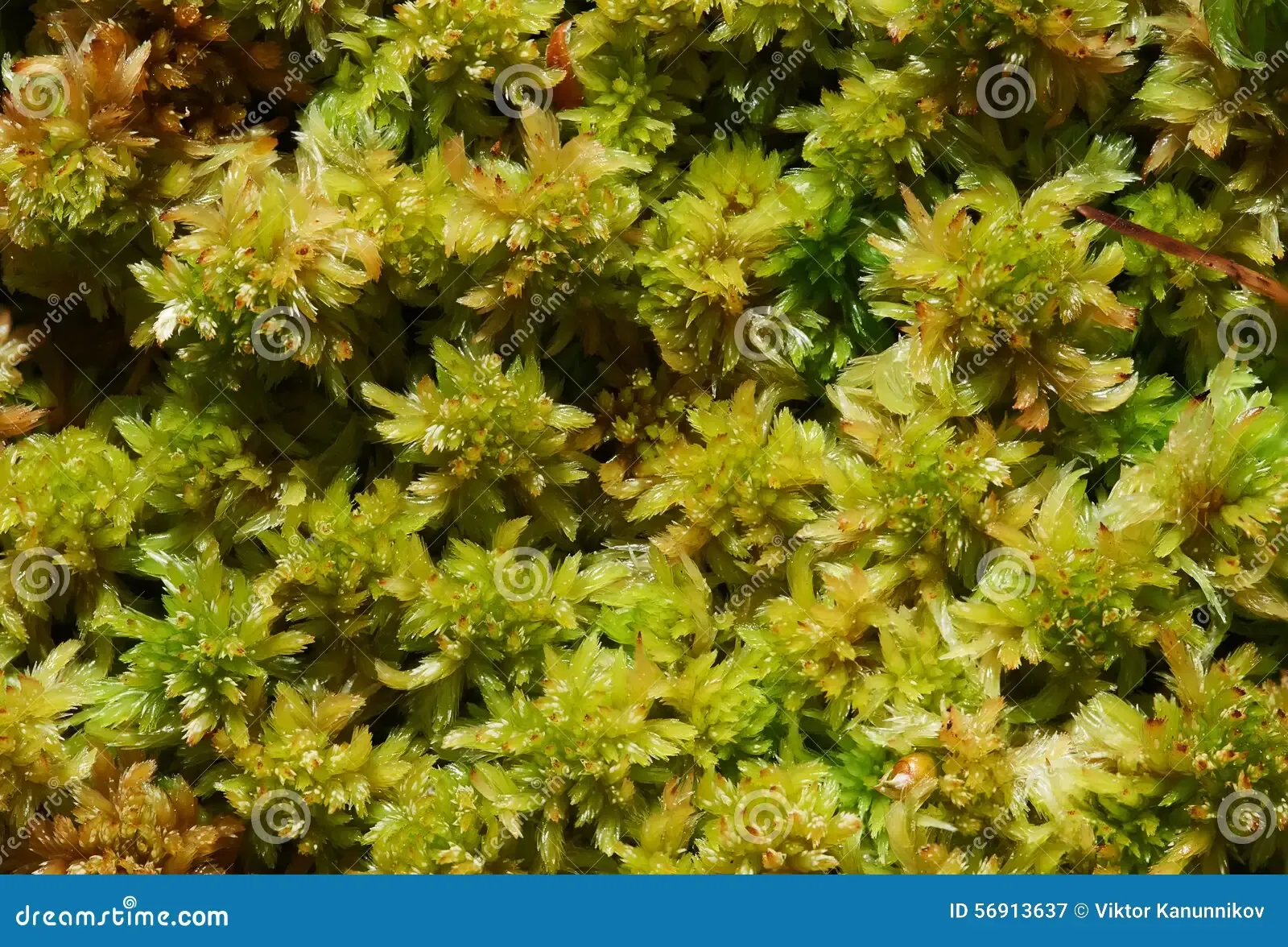
moos-sphagnum-papillosum-swamp-56913637.jpg from: https://www.dreamstime.com/stock-photo-moos-sphagnum-papillosum-swamp-image56913637
, let’s set the stage with a brief background on mosses. These diminutive plants belong to the Bryophyta division and are classified under the class Sphagnopsida. Mosses are non-vascular plants, meaning they lack the specialized tissues found in more complex plants for transporting water and nutrients. Despite their small stature, mosses play a crucial role in various ecosystems, acting as pioneers in colonizing new environments and contributing to soil formation.
Main Content
Morphology and Identification
Sphagnum papillosum Lindb. is a striking moss species that can be identified by its distinctive features. It forms dense, compact cushions or mats, with stems that can reach up to 10 centimeters in height. The leaves are ovate-lanceolate in shape, with a papillose (covered in tiny protuberances) surface that gives the moss a velvety appearance. The
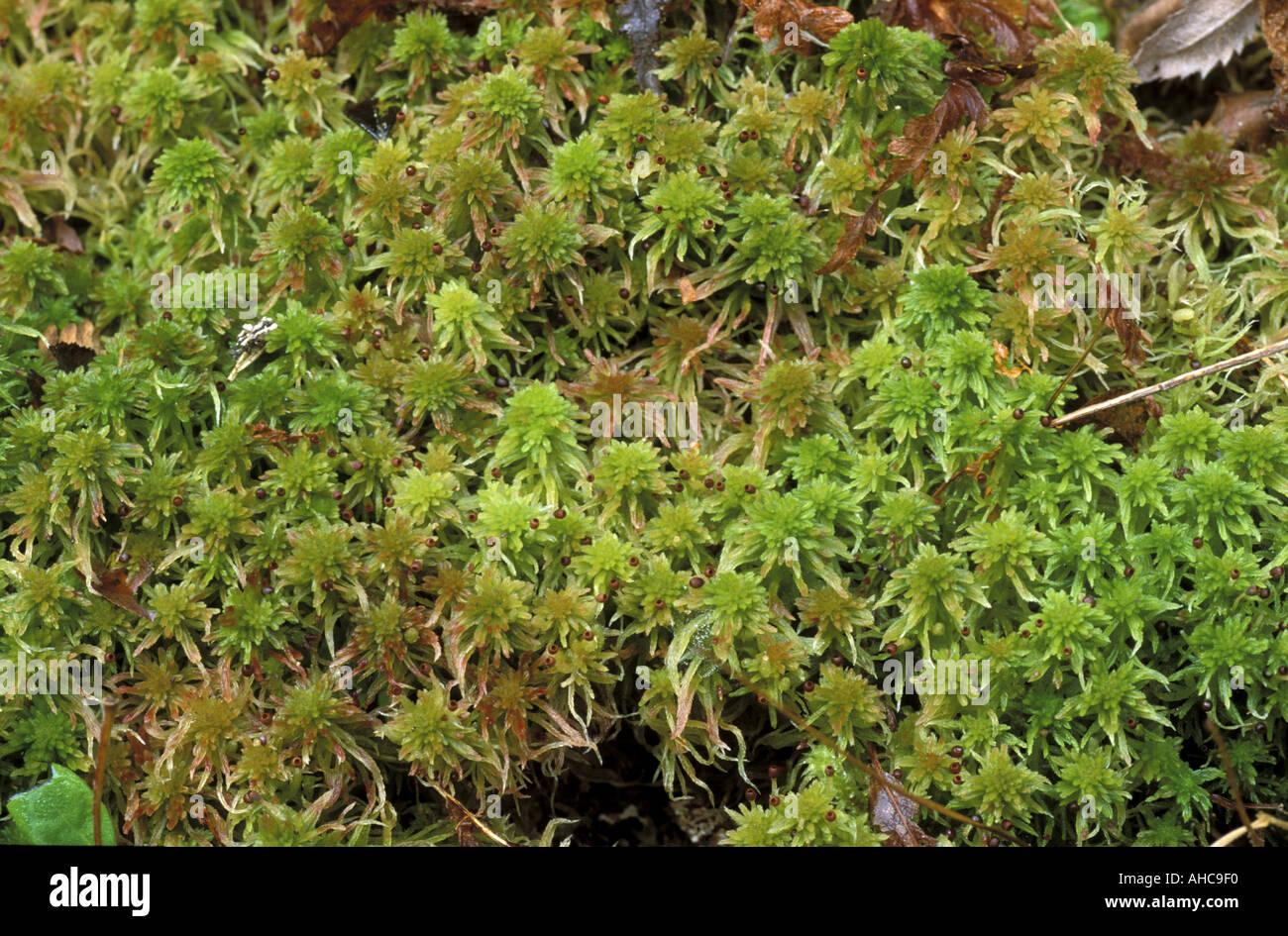
sphagnum-papillosum-italy-AHC9F0.jpg from: https://www.alamy.com/sphagnum-papillosum-italy-image1165807.html
capitula (the dense cluster of branches at the stem apex) are typically reddish-brown in color, adding a touch of warmth to the overall hue.
Global Distribution and Habitat
Sphagnum papillosum Lindb. is widely distributed across the Northern Hemisphere, thriving in various regions such as Europe, Asia, and North America. This moss species is particularly fond of acidic, nutrient-poor environments, often found in bogs, fens, and peatlands. It plays a crucial role in these ecosystems, contributing to the formation and maintenance of peat, a valuable natural resource.
Ecological Roles and Adaptations
Sphagnum papillosum Lindb., like many other Sphagnum species, possesses remarkable adaptations that allow it to thrive in challenging environments. One of its most notable features is its ability to absorb and retain large amounts of water

7259542_orig.jpg from: https://www.centralcoastbiodiversity.org/fat-bog-moss-bull-sphagnum-papillosum.html
, thanks to its specialized hyaline cells and capillary spaces. This adaptation not only helps the moss survive in wet conditions but also contributes to the regulation of water levels in its habitat.
Furthermore, Sphagnum papillosum Lindb. plays a crucial role in acidifying its surroundings, creating an environment that is inhospitable to many other plant species. This process is facilitated by the moss’s ability to exchange cations (positively charged ions) with hydrogen ions, effectively lowering the pH of the surrounding soil and water.
Case Studies/Examples
To illustrate the ecological significance of Sphagnum papillosum Lindb., let’s consider the Mer Bleue Bog in Ottawa, Canada. This remarkable peatland is home to a diverse array of Sphagnum species, including Sphagnum papillosum Lindb.. The moss plays a vital role in maintaining the delicate balance of this ecosystem, contributing to the formation of peat and providing a unique habitat for various plant and animal species adapted to the acidic conditions.
Technical Table
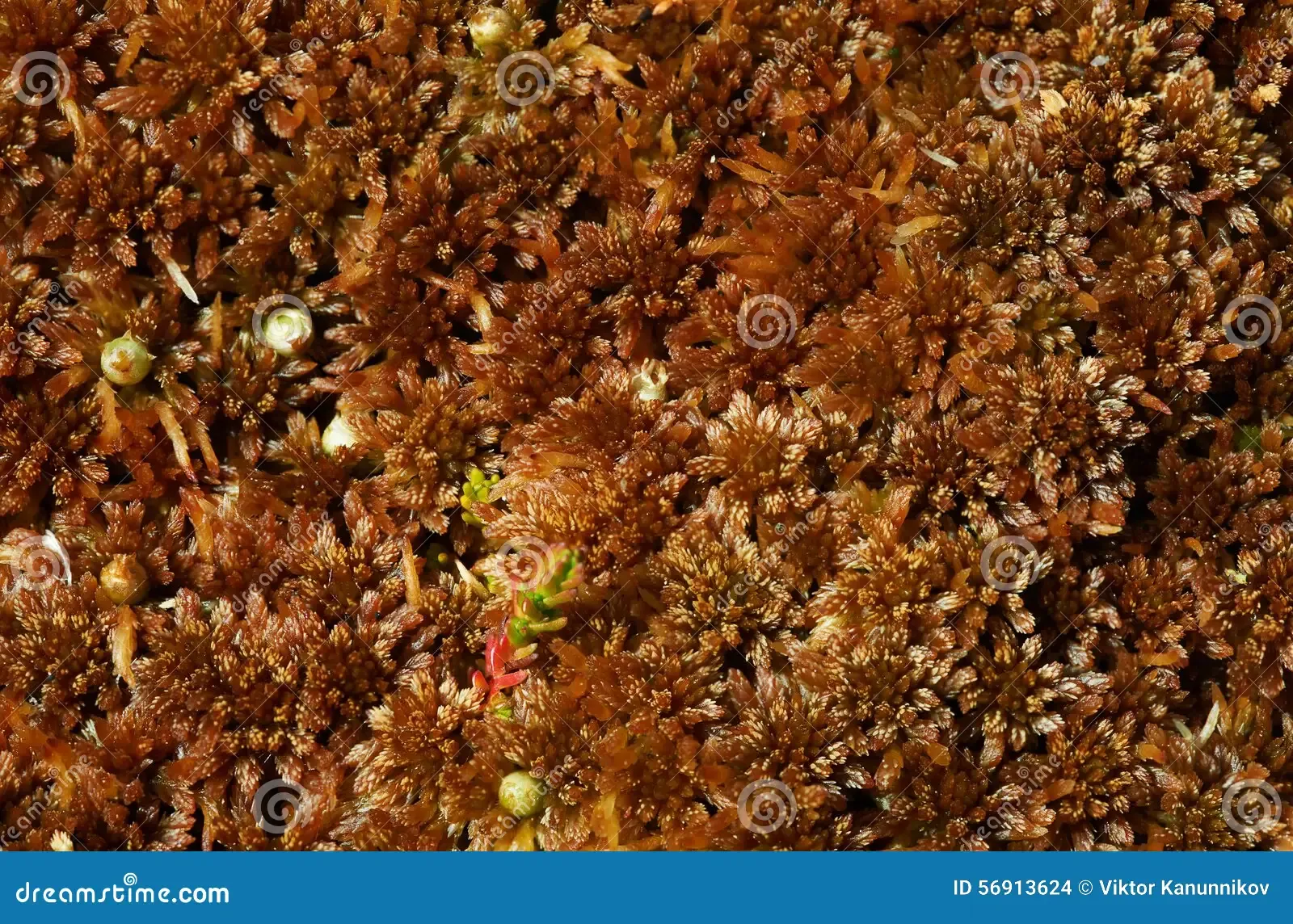
moos-sphagnum-papillosum-swamp-56913624.jpg from: https://www.dreamstime.com/stock-photo-moos-sphagnum-papillosum-swamp-image56913624
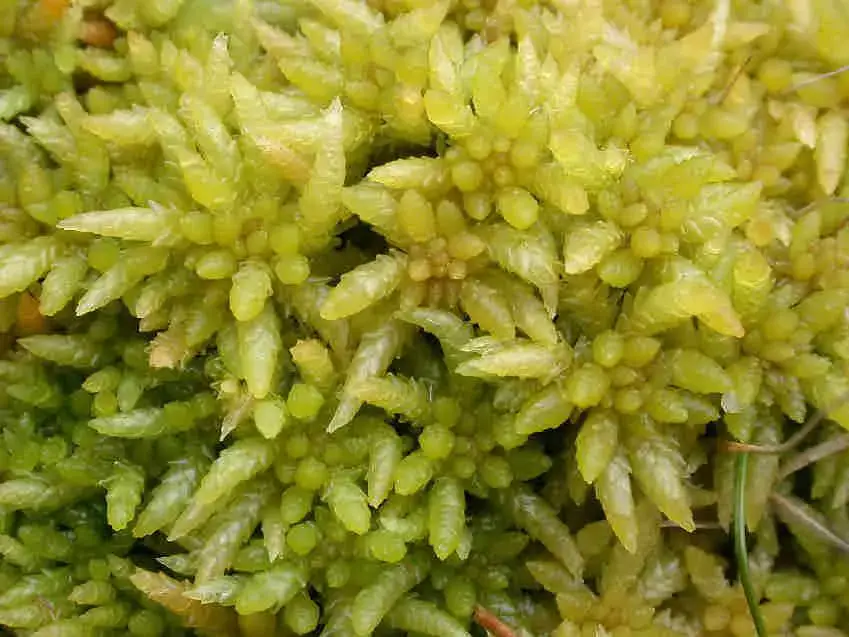
Sphagnum_papillosum_001.JPG from: https://cisfbr.org.uk/Bryo/Cornish_Bryophytes_Sphagnum_papillosum.html
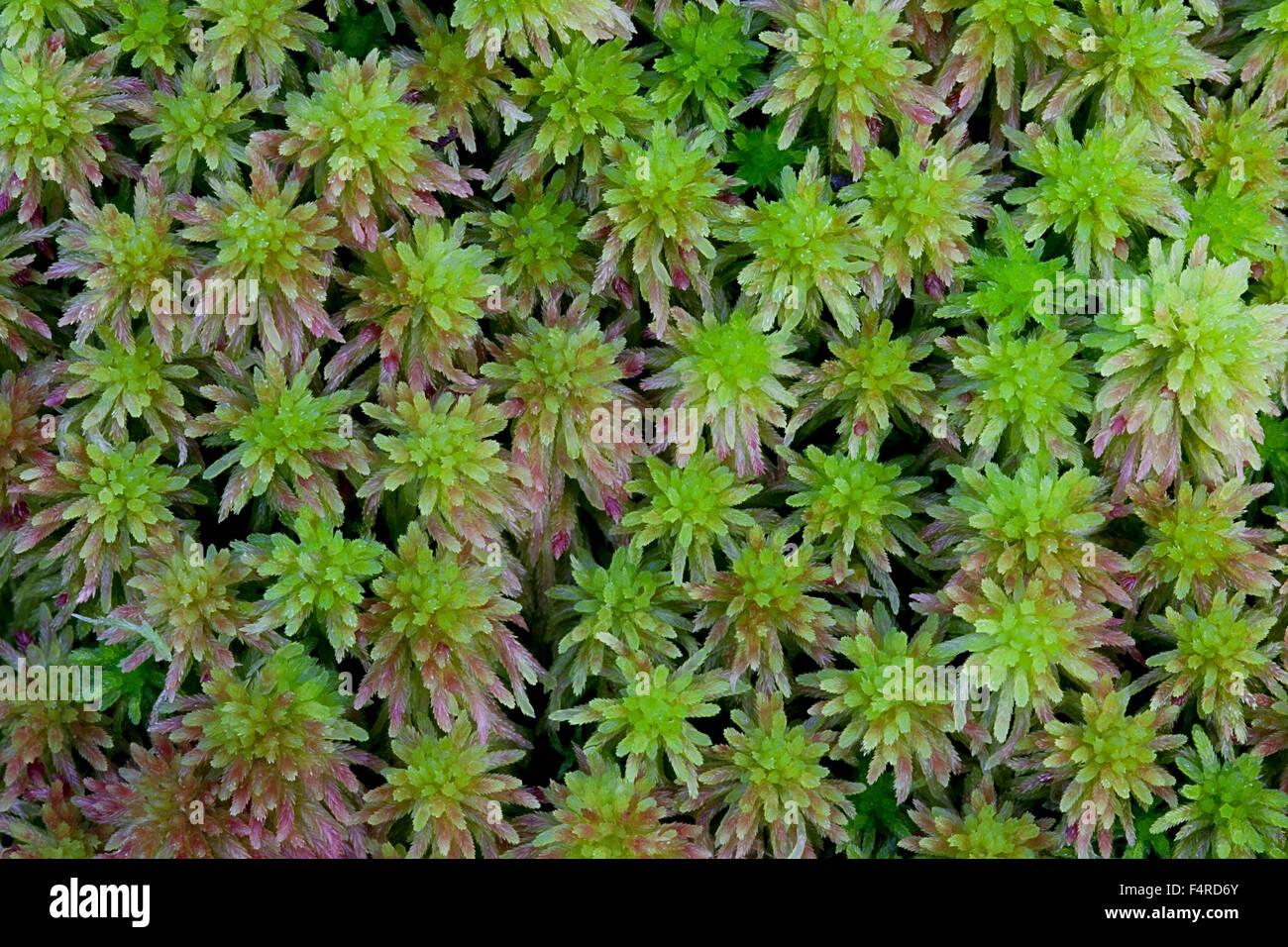
sphagnum-moss-F4RD6Y.jpg from: https://www.alamy.com/stock-photo/sphagnum-moss.html
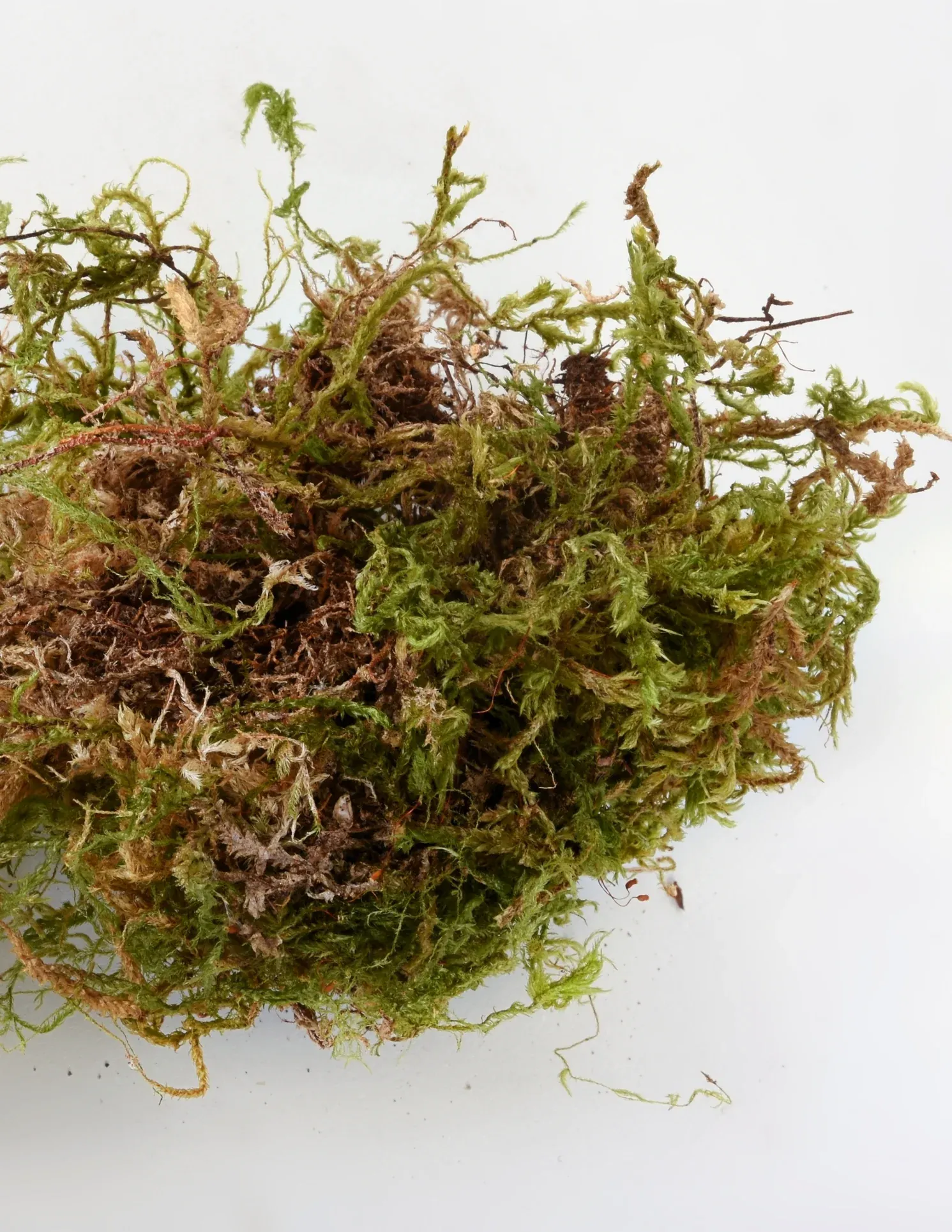
sphagnum3_934c207f-91bb-4ccc-9a69-3cb114b7c7b9_1491x1930.jpg from: https://pistilsnursery.com/collections/for-your-plants/products/sphagnum-moss
| Characteristic | Description |
|---|---|
| Scientific Name | Sphagnum papillosum Lindb. |
| Family | Sphagnaceae |
| Common Name | Sphagnum |
| Growth Form | Dense cushions or mats |
| Stem Height | Up to 10 cm |
| Leaf Shape | Ovate-lanceolate |
| Leaf Surface | Papillose (covered in tiny protuberances) |
| Capitula Color | Reddish-brown |
| Habitat | Bogs, fens, peatlands |
Distribution
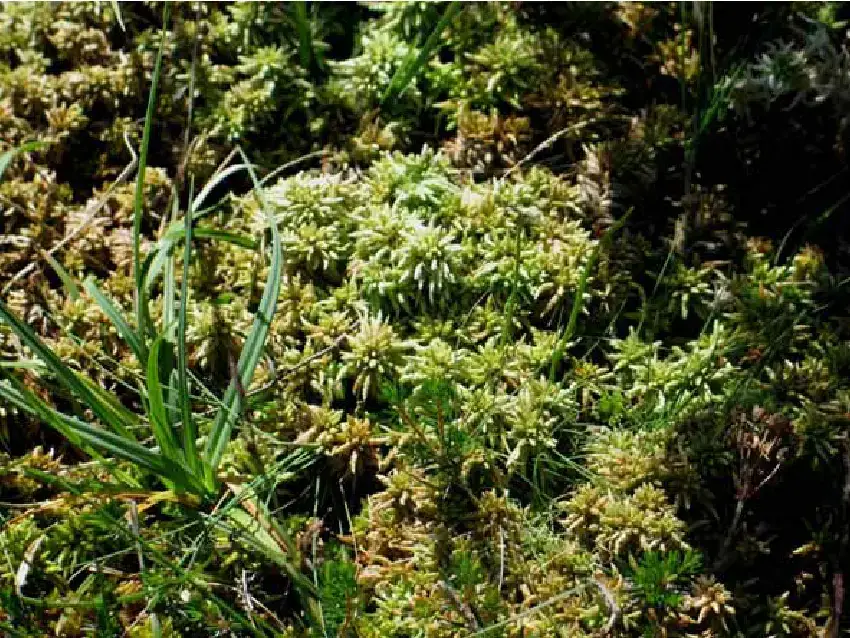 Sphagnum-papillosum-growing-at-the-study-site.png from: https://www.researchgate.net/figure/Sphagnum-papillosum-growing-at-the-study-site_fig2_26841994 |
Northern Hemisphere (Europe, Asia, North America) |
Conclusion
Sphagnum papillosum Lindb. is a true marvel of nature, showcasing the incredible adaptations and ecological significance of mosses. From its velvety appearance to its ability to acidify its surroundings, this unassuming plant plays a vital role in shaping and maintaining the delicate ecosystems it inhabits. As we bid farewell to this fascinating species, let us ponder the following thought-provoking question: How can we better appreciate and protect the often overlooked yet invaluable contributions of mosses like
sphagnum-growing.jpg from: https://cold-hardy.com/live-sphagnum-moss/
Sphagnum papillosum Lindb. to our planet’s biodiversity?